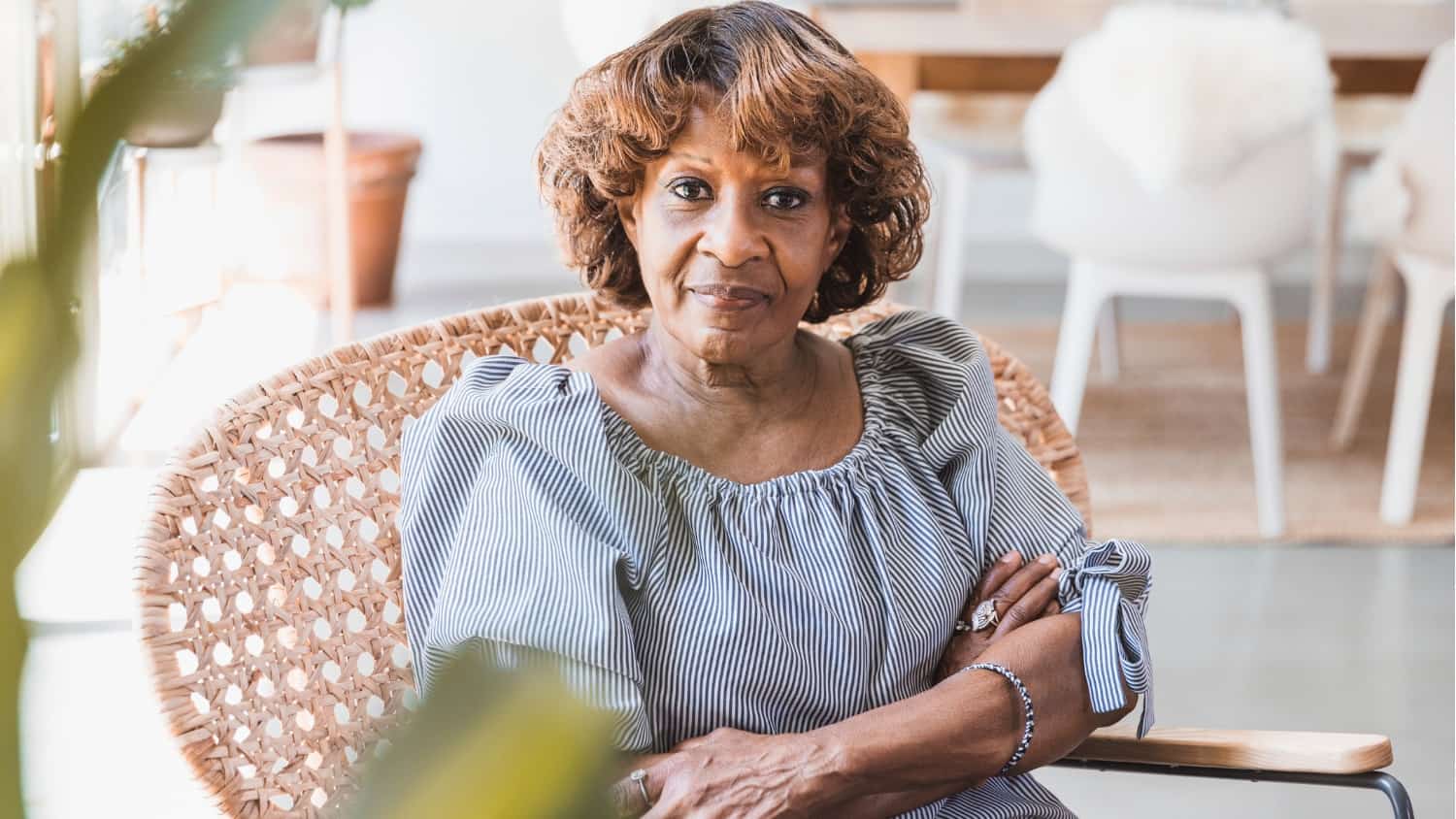
How Ageism Is Revealed in Family Aging “Scripts”
As a healthy aging writer, speaker and consultant for the past 20+ years, I’ve spent a great deal of time campaigning against ageism and identifying how easily it can creep into our subconscious and influence personal health beliefs and behaviors.
I’m happy to say that there have been substantial gains in ‘calling out’ ageism since Dr. Robert Butler coined the phrase in 1969.
At the time, he defined ageism as: “a systemic stereotyping of and discrimination against people because they are old, just as racism and sexism accomplish this with skin color and gender.”
Persistent Attitudes
However, the gains are deeply overshadowed by how many things haven’t changed. There is a disturbing stubbornness to the issue – from the ever-growing, multi-billion-dollar anti-aging industry, to age discrimination in employment, and even continued acceptance of negative stereotypes of aging.
For example, I found a greeting card with a bunny on the front wrinkling its nose. Inside it said, “I smell an old person – Happy Birthday!” I use this card in my speeches and many audience members laugh at the message.
When I suggest replacing the word “old” with “handicapped,” or with a word describing any ethnic or religious group, people immediately recognize that any card with that type of message would be considered wildly offensive!
Aging Scripts – Culture and Community
Consider where our ideas about aging come from. None of us ages in a bubble. We learn about aging in family, in community, and in culture.
Cultural images of aging build a framework of aging expectations, but our earliest impressions of aging likely come from the community we live in, and from family members and close friends.
I live in a very active community where it’s common to see people over 70 skiing downhill and hiking in the mountains. There’s even a women’s group who’ve been meeting for 20+ years twice a week to go hiking in the summer and skiing in the winter.
It started with a group of 10 women and now has 100+ members. Everyone self selects hikes ranging from short strolls to vigorous 8-10-mile hikes in difficult terrain. I can tell you that running into a group of people over the age of 75, high in the mountains, reinforces that lifelong vitality is attainable!
Family Aging Scripts
Each family has what amounts to “aging scripts” that inform our first experiences with aging and impact our expectations. Consider, for example, what you have learned about aging from your parents and grandparents. What are your children and grandchildren learning about aging from you?
Both sets of my grandparents retired in their early 60s, following the expected path of “work hard then retire to a life of leisure.”
But within eight months, my maternal grandparents – who had sold their ranch and moved to town – got bored with city life. They bought a “fixer upper” ranch, where they had to install plumbing, and started over, raising Herford bulls. They did this into their 90s!
My paternal grandparents lasted a year before buying and remodeling a motel on the edge of town. They ran it for over a decade. So, my personal aging script is influenced by believing it’s perfectly normal – and preferable – to stay fully engaged in something challenging throughout your entire life.
Expectations
Family aging scripts can be positive or negative. They can play a role in whether you expect to remain healthy and active through your full lifespan or expect to decline into dependence as you age.
Family aging scripts can also determine what happens if a family member needs assistance due to an illness, injury, or permanent functional challenge.
Some families may rally around the individual and cheerlead! With a positive mindset about aging, they will go about seeking adaptive strategies to help a loved one overcome a health set-back and recover as fully as possible.
Other families may be more likely to rally around a loved one to offer care-giving with a mindset of keeping their loved one comfortable and safe, helping them cope with the health challenges.
Sometimes the family’s response is different depending on age – and that’s how ageism can dramatically impact outcomes.
I’ve made this point before, but it’s worth repeating: Why are young people with disabilities given resources, tools, and encouragement to overcome challenges and live fully in spite of their condition, while older people are often only given resources and tools to cope with challenges?
Those are two very different mindsets, resulting in very different outcomes.
Become consciously aware of your cultural, community, and family aging scripts. Then focus on embracing aging scripts that support rather than diminish your chances of lifelong vitality.
What are some of your family aging scripts? Would your family’s reaction to an illness/injury be different if it was a young versus older family member requiring assistance? If so why? Please share your ageism story in the comments below.
Tags Getting Older






